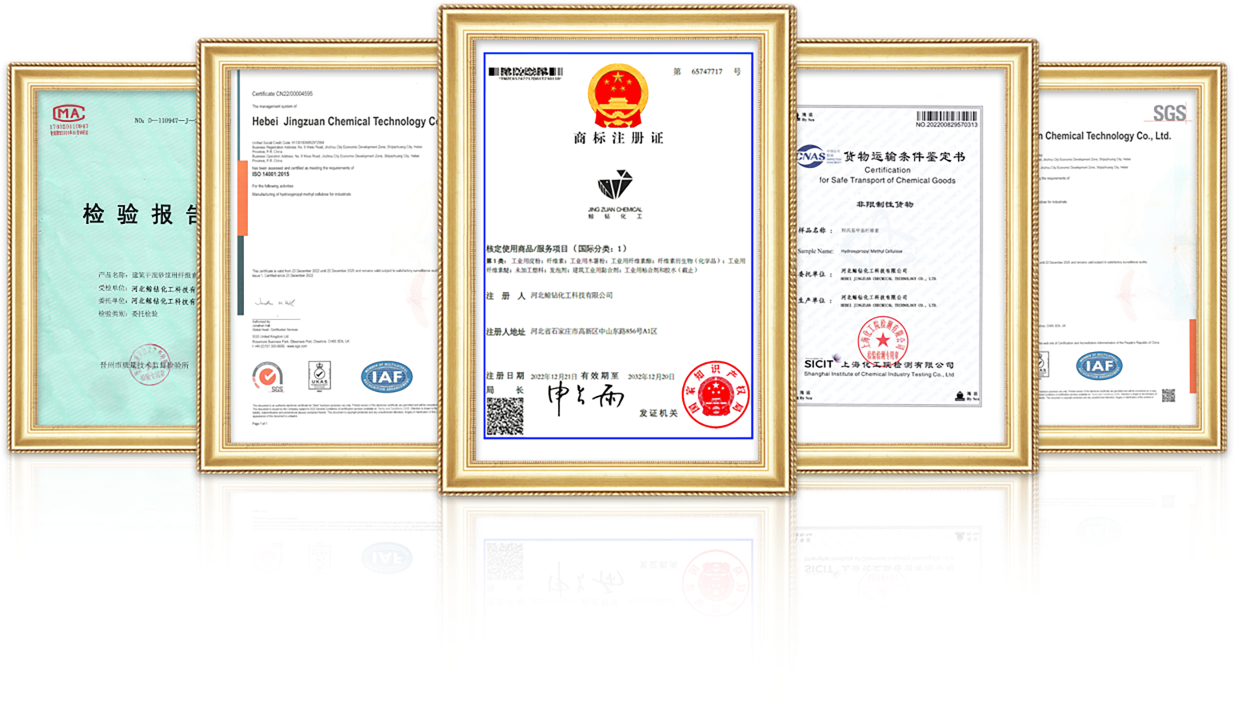
Dec . 09, 2024 22:52 Back to list
Exploring the Properties and Applications of Cellulose Ethers in Modern Industry
The Role of Cellulose Ethers in Modern Applications
Cellulose ethers are a class of compounds derived from cellulose, the most abundant organic polymer on Earth. These versatile materials have gained substantial importance across various industries due to their unique properties and functionalities. The modification of cellulose through etherification not only imparts desired characteristics but also enhances its utility in numerous applications.
Cellulose, primarily obtained from wood pulp or cotton, forms the backbone of cellulose ethers. The etherification process involves substituting hydroxyl groups in cellulose with ether functional groups, leading to the formation of compounds such as methylcellulose, hydroxypropyl methylcellulose (HPMC), and carboxymethyl cellulose (CMC). This chemical modification alters the solubility, viscosity, and gel-forming abilities of cellulose, making it indispensable in many formulations.
One of the primary industries that benefit from cellulose ethers is the construction sector. HPMC is widely used as a thickener and water-retention agent in cement-based products, including mortars and plasters. Its ability to improve workability and extend the setting time allows for better application and finishing of construction materials. Moreover, the water retention property aids in preventing premature drying, thereby enhancing the durability of structures.
In the food industry, cellulose ethers play a vital role as stabilizers, thickeners, and emulsifiers. For instance, CMC is commonly utilized in ice creams and dairy products to improve texture and prevent ice crystal formation. Its capacity to retain moisture enhances the overall quality and shelf-life of food products. Furthermore, cellulose ethers are considered safe for consumption, making them favorable additives in various culinary applications.
cellulose ether

Pharmaceutical and cosmetic industries also utilize cellulose ethers extensively. In pharmaceuticals, HPMC is employed as a binder in tablet formulations and as a controlled-release agent in various drug delivery systems. Its non-toxic and biocompatible nature makes it an ideal choice for these applications. In cosmetics, cellulose ethers are used in lotions, creams, and gels to provide texture and stability, ensuring that these products retain their consistency during usage.
Moreover, cellulose ethers are prominent in the textile industry. They are used as finishing agents and additives in dyeing processes, where they help to improve the uniformity of color application and enhance water retention. The use of cellulose ethers can also reduce water consumption and energy use during production, contributing to more sustainable practices in textile manufacturing.
The versatility of cellulose ethers extends to personal care products, where they function as thickening agents and stabilizers in shampoos, conditioners, and other cosmetic formulations. Their film-forming properties offer benefits such as extended moisture retention and enhanced sensory experiences for consumers.
Environmental considerations are becoming increasingly important in all sectors, and cellulose ethers align well with sustainability objectives. As they are derived from renewable resources, their use can contribute to the reduction of petroleum-based chemicals in various products. Furthermore, biodegradable cellulose ethers address the growing concern regarding plastic pollution, making them an attractive alternative in many applications.
In conclusion, cellulose ethers are critical components across a wide range of industries, including construction, food, pharmaceuticals, cosmetics, and textiles. Their unique properties not only enhance the performance of products but also contribute to sustainability efforts within these sectors. As research continues to explore new applications and formulations, the significance of cellulose ethers is expected to grow, leading to further innovations and improvements across various fields.
-
Versatile Hpmc Uses in Different Industries
NewsJun.19,2025
-
Redispersible Powder's Role in Enhancing Durability of Construction Products
NewsJun.19,2025
-
Hydroxyethyl Cellulose Applications Driving Green Industrial Processes
NewsJun.19,2025
-
Exploring Different Redispersible Polymer Powder
NewsJun.19,2025
-
Choosing the Right Mortar Bonding Agent
NewsJun.19,2025
-
Applications and Significance of China Hpmc in Modern Industries
NewsJun.19,2025







